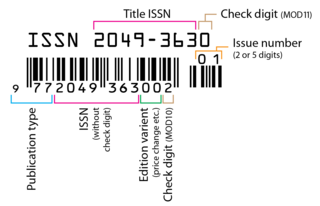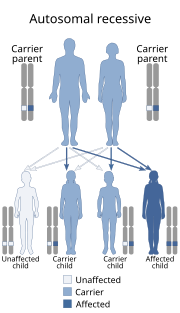The phosphotransferases system (PTS-GFL) superfamily is a superfamily of phosphotransferase enzymes that facilitate the transport of glucose, glucitol (G), fructose (F) and lactose (L). Classification has been established through phylogenic analysis and bioinformatics. [1] [2]
A protein superfamily is the largest grouping (clade) of proteins for which common ancestry can be inferred. Usually this common ancestry is inferred from structural alignment and mechanistic similarity, even if no sequence similarity is evident. Sequence homology can then be deduced even if not apparent. Superfamilies typically contain several protein families which show sequence similarity within each family. The term protein clan is commonly used for protease and glycosyl hydrolases superfamilies based on the MEROPS and CAZy classification systems.
Phosphotransferases are a category of enzymes that catalyze phosphorylation reactions. The general form of the reactions they catalyze is:

Fructose, or fruit sugar, is a simple ketonic monosaccharide found in many plants, where it is often bonded to glucose to form the disaccharide sucrose. It is one of the three dietary monosaccharides, along with glucose and galactose, that are absorbed directly into blood during digestion. Fructose was discovered by French chemist Augustin-Pierre Dubrunfaut in 1847. The name "fructose" was coined in 1857 by the English chemist William Allen Miller. Pure, dry fructose is a sweet, white, odorless, crystalline solid, and is the most water-soluble of all the sugars. Fructose is found in honey, tree and vine fruits, flowers, berries, and most root vegetables.
Contents
The bacterial phosphoenolpyruvate:sugar phosphotransferase system (PTS) transports and phosphorylates its sugar substrates in a single energy-coupled step. This transport process is dependent on several cytoplasmic phosphoryl transfer proteins - Enzyme I (I), HPr, Enzyme IIA (IIA), and Enzyme IIB (IIB)) as well as the integral membrane sugar permease (IIC). The PTS Enzyme II complexes are derived from independently evolving 4 PTS Enzyme II complex superfamilies, that include the (1) Glucose (Glc),(2) Mannose (Man), (3) Ascorbate-Galactitol (Asc-Gat) and (4) Dihydroxyacetone (Dha) superfamilies.
The four families that make up the PTS-GFL superfamily include:
- 4.A.1 – The PTS Glucose-Glucoside (Glc) Family
- 4.A.2 – The PTS Fructose-Mannitol (Fru) Family
- 4.A.3 – The PTS Lactose-N,N'-Diacetylchitobiose-β-glucoside (Lac) Family
- 4.A.4 – The PTS Glucitol (Gut) Family
The PTS Fructose-Mannitol (Fru) Family is a large and complex family that is part of the PTS-GFL superfamily. It includes several sequenced fructose, mannose and mannitol-specific porters, as well as several putative PTS porters of unknown specificities. The fructose porters of this family phosphorylate fructose on the 1-position. Those of TC family 4.A.6 phosphorylate fructose on the 6-position.
The PTS Lactose-N,N’-Diacetylchitobiose (Lac) Family includes several sequenced lactose porters of Gram-positive bacteria, as well as the Escherichia coli and Borrelia burgdorferi N,N'-diacetylchitobiose (Chb) porters. It is part of the PTS-GFL superfamily. The former can transport aromatic β-glucosides and cellobiose, as well as Chb. However, only Chb induces expression of the chb operon.
The PTS Glucitol (Gut) Family consists only of glucitol-specific porters, but these occur both in Gram-negative and Gram-positive bacteria. It is part of the PTS-GFL superfamily.







